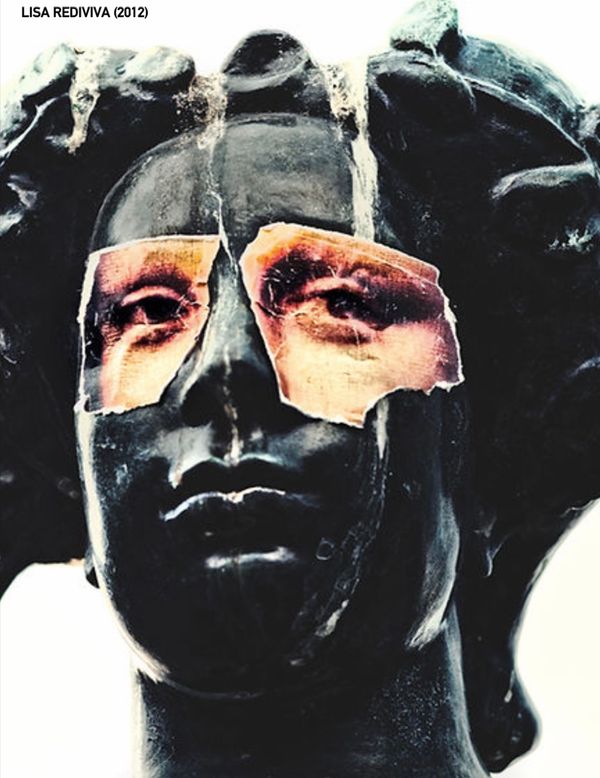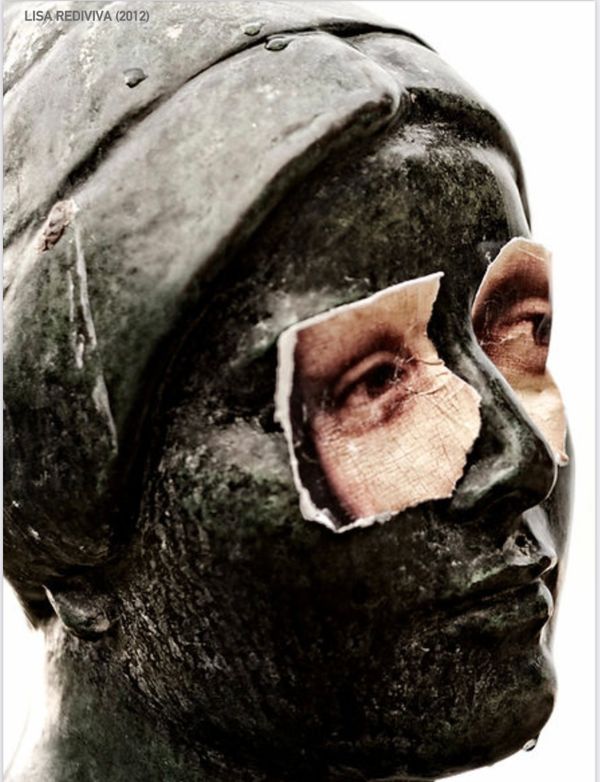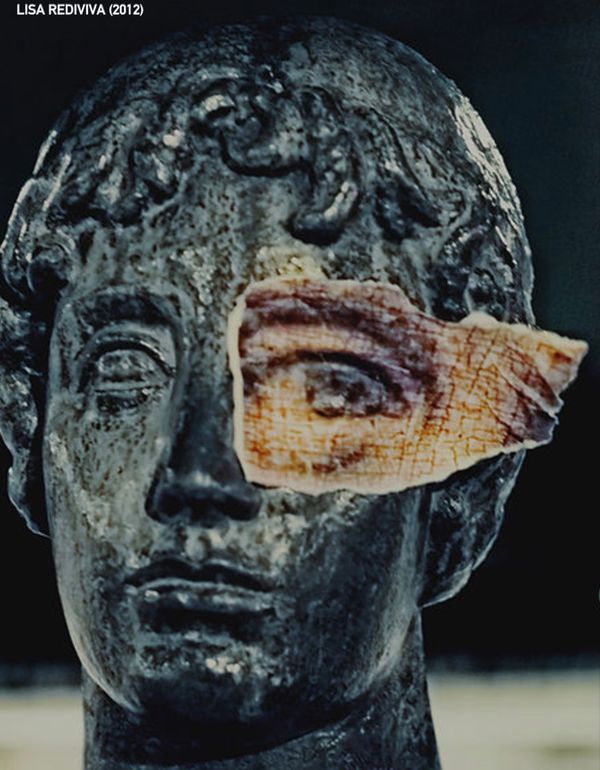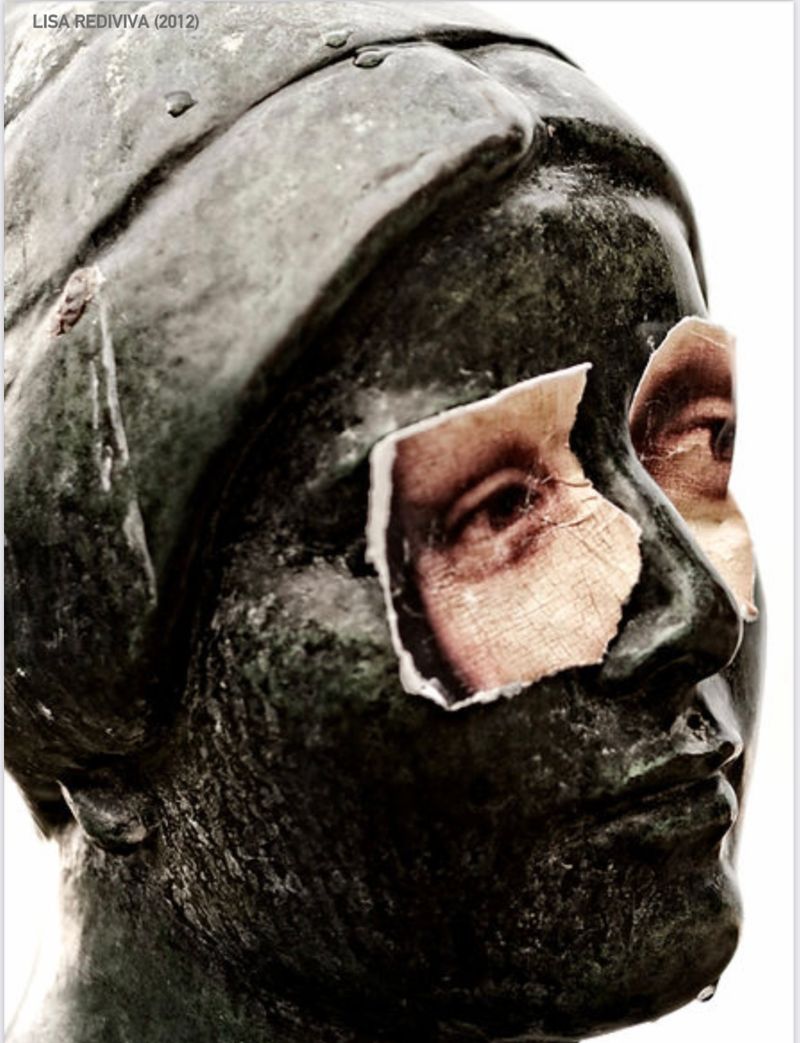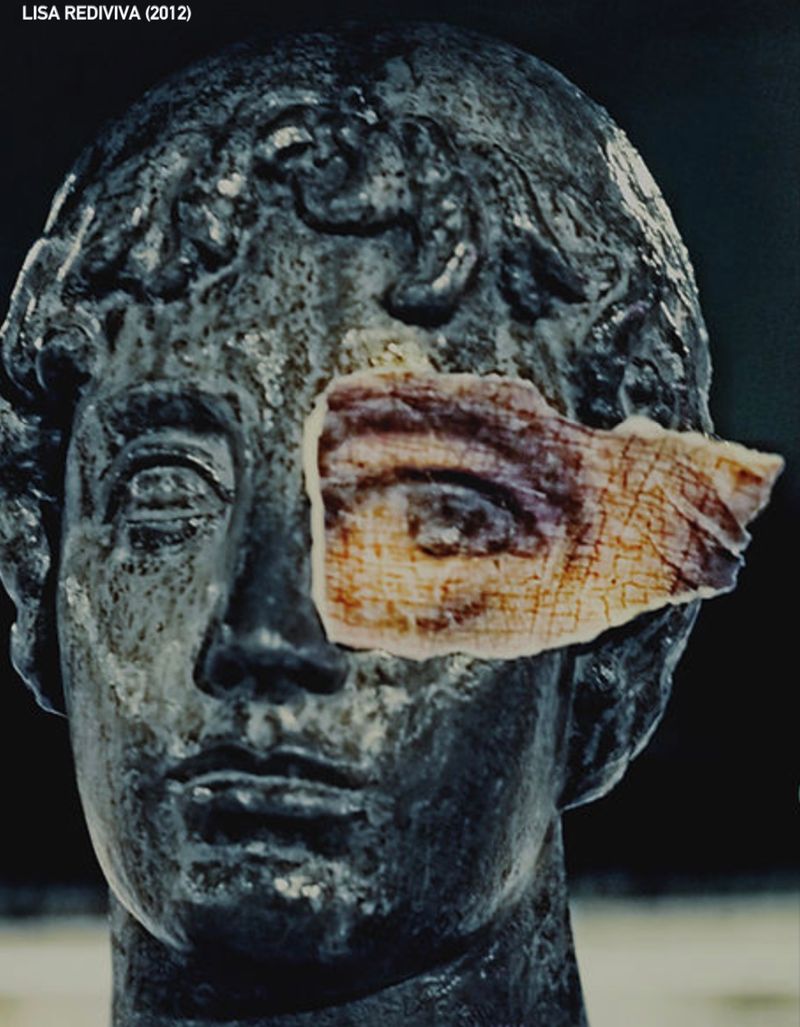PROJECT LISA REDIVIVA (2012) ACCOMPANIED BY A TEXT WRITTEN BY OLIVER AOUN
-
Dates2011 - 2012
-
Author
- Topics Archive, Awards, Contemporary Issues, Photobooks, Portrait, Social Issues, War & Conflicts
- Locations Paris, Munich
In "Lisa Rediviva," I explore the nature of art and the concept of "aura." I developed this project inspired by discussions on the image of the monster, examining how art’s presence and authenticity intersect with contemporary themes
Project LISA REDIVIVA 2012 by OLIVER AOUN
OLIVER AOUN
LISA REDIVIVA (2012)
In Lisa Rediviva, I developed a project centered on the exploration of the work of art and the concept of "aura" as articulated by Walter Benjamin. This exploration emerged from discussions and a proposal from the late French philosopher, poet, critic, and art historian Étienne Cornevin (1950-2016).
I undertook this project in 2012, conducting it primarily in southern Germany and Paris, where I photographed a series of statues, notably the bronze sculptures of Aristide Maillol. Introduced to Paris in the mid-1960s and placed in the Tuileries Gardens under the impetus of André Malraux, then Minister of Culture, these sculptures provided a context for investigating how the photographic medium intersects with the notions of memory, material and ideology. I decided to use Maillol’s work, deeply embedded in European classical traditions, as a means to engage with Benjamin's idea of aura, which refers to the unique presence and authenticity of an artwork that resists reproduction.
To challenge the colonial legacy embedded in art, I juxtaposed Maillol's sculptures with the fragmented eyes of the Mona Lisa. I sourced photographs from online search engines and reproduced them using an obsolete color photocopier. By manually tearing out the eyes from these photocopies and reattaching them to public monuments and sculptures in Paris, including Maillol’s works, I aimed to critique the colonial gaze that historically dominated the representation of human forms. This act of fragmentation and recontextualization served to challenge the Eurocentric dominance in art history and reframe these iconic symbols within a more inclusive narrative.
In my project, I aimed to explore the notion of infinite reproducibility, employing materials and techniques that resist simple duplication, such as painting and sculpture. By incorporating these photographic representations into a contemporary setting, I navigated between staging and documentary practices. My methodology involved creating various material surfaces, including sculpture moldings, photocopies of the Mona Lisa, inkjet prints, and video projections. This approach aimed to evoke a spectral anthropomorphism, responding to Benjamin’s reflections on the aura and its implications for modern art.
Lisa Rediviva interrogates the intersections of fiction, the photographic document, and the concept of aura through the use of 21st-century materials and technologies. I sought to resurrect a Pompeian figure using non-trivial materials such as photocopies, digital images, and public moldings, engaging with the idea of "rediviva", which signifies the resurgence of unconscious and mental images into reality.
This undertaking resonates with Wilhelm Jensen’s fictional narrative Gradiva (1903) and its subsequent analysis by Sigmund Freud in Delusion and Dream in Jensen’s Gradiva (1907), wherein Freud examines the psychoanalytic implications of the resurrection of unconscious imagery (Freud, 1907/1955). This concept is also echoed in Jalal Toufic’s exploration of how seemingly lost traditions and images can resurface and disrupt the present, challenging established notions of history and memory (Toufic, 2010).
The images in my work are not merely reproductions of reality but represent an eternal present, akin to the psychotic experiences described by Norbert Hanold and his encounter with the young Hellenic virgin petrified in Pompeii on August 24, 79 A.D. By addressing contemporary issues of cultural appropriation and the decolonization of art, Lisa Rediviva contributes to the discourse on how art from non-European cultures has been misrepresented or erased. Reconfiguring these Western icons serves as a critique of the construction of art history and the narratives it perpetuates.
The portraits in this series aim to convey a sense of dynamic presence, infused with disorder, as a response to Benjamin’s ideas on aura. I hope to provide a new perspective on this concept in photography, informed by my personal experiences. This project also explores how colonial histories continue to influence art and identity.
On a thin and fragile line, somewhere between the idea of the resurgence of a Pompeian phantasmagoria—re-enacted through my repetitive urban excursions—and a personal quest for the resurrection of an image marked by its absence, a picture reveals itself.
One last time, my young Pompeian Virgin slowly advances. Her movements are graceful and resolute, tracing a path between the past and the present. She escapes, then vanishes into an invisible crack woven into the ancient wall, finding her grave. In her hands, the young virgin holds a branch of asphodel. Her face, smooth and tranquil, rests in serenity, as if having finally set a meeting to celebrate her last resurrection.
Statement written in December 2021 by OLIVER AOUN
Project LISA REDIVIVA 2012 by OLIVER AOUN
